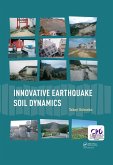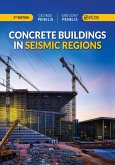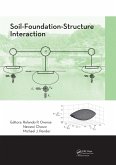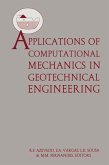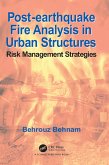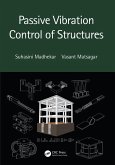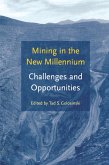Dieser Download kann aus rechtlichen Gründen nur mit Rechnungsadresse in A, B, BG, CY, CZ, D, DK, EW, E, FIN, F, GR, HR, H, IRL, I, LT, L, LR, M, NL, PL, P, R, S, SLO, SK ausgeliefert werden.
Innovative Earthquake Soil Dynamics is unique from other books on geotechnical aspects of earthquake engineering in that it includes a detailed coverage of soil dynamics, as related to earthquake engineering, in addition to the oft-presented empirical relationships. The book is innovative in that it presents the material from both "traditional" (e.g., stress-, strain-, and force-based perspectives) and "energy" perspectives, with the latter largely derived from the author's own extensive research. The author shows that energy is central to site amplification and dynamic soil-structure-interaction and can be used as a simple index for evaluating liquefaction and related phenomena and earthquake-induced slope failures.
Another unique aspect of Innovative Earthquake Soil Dynamics stems from the author having received his higher education in both the United States (Duke University) and Japan (University of Tokyo), and having spent the first half of his career working for the electric power industry in Japan and the second half of his career as a professor at Chuo University. As a result, the material presented in the book reflects research and engineering procedures from both Japan and the United States, as well as other countries, and all the material presented builds to applications in engineering practice. The book is equally suited to serve as a text for graduate courses in geotechnical aspects of earthquake engineering and soil dynamics or as a reference book for practicing engineers."
Russell A. Green, Professor of Civil and Environmental Engineering at Virginia Tech, Blacksburg, Virginia, USA.



